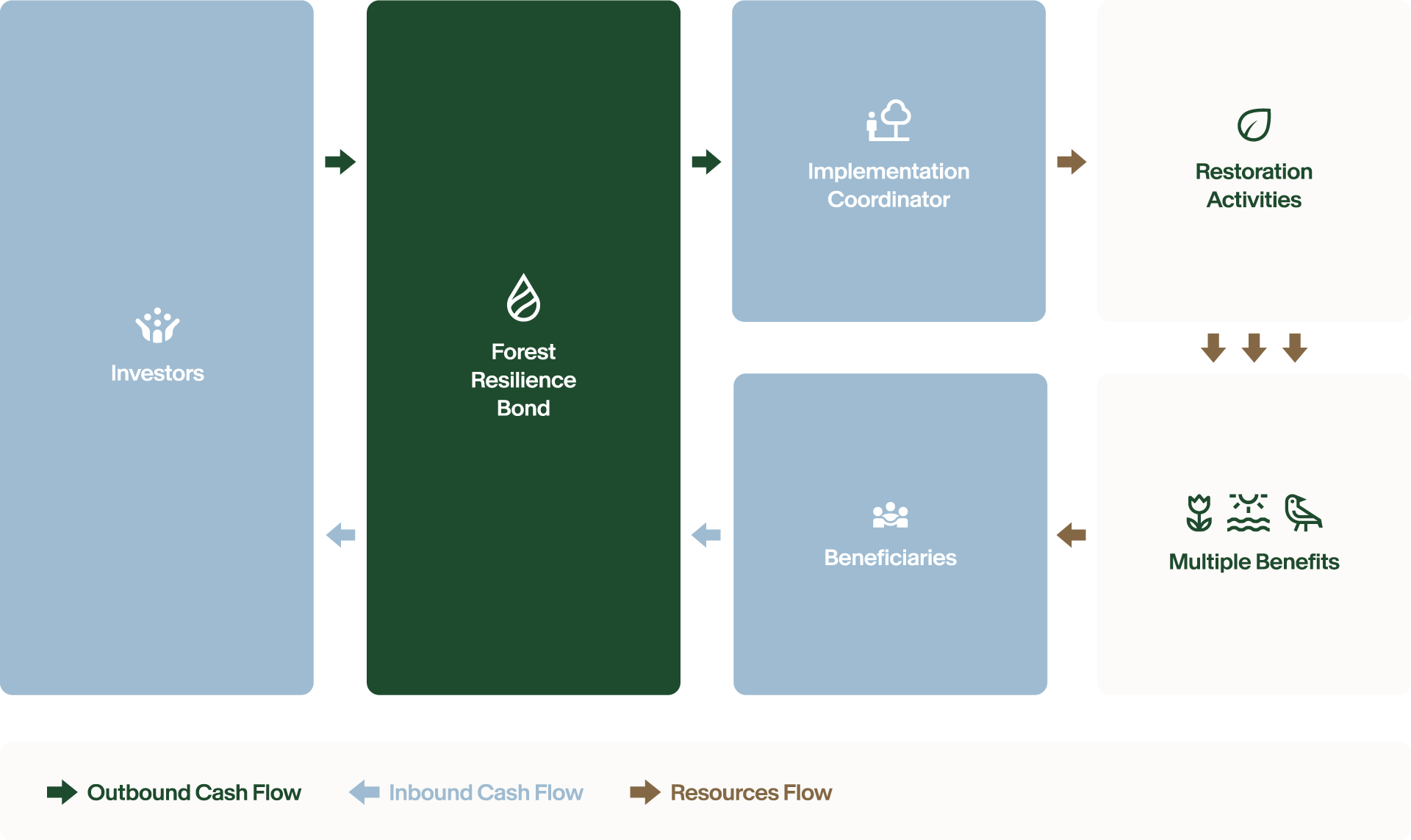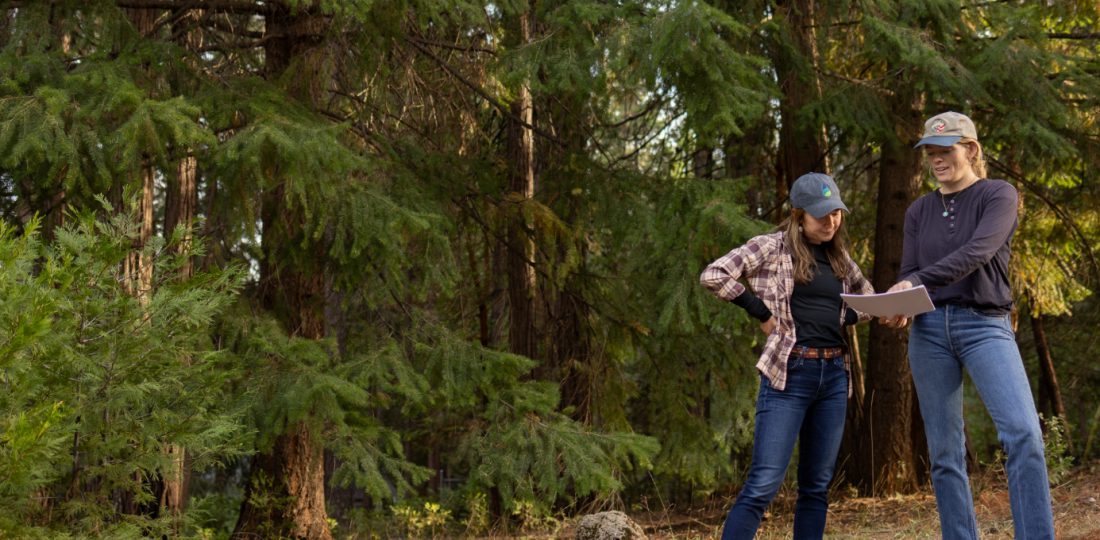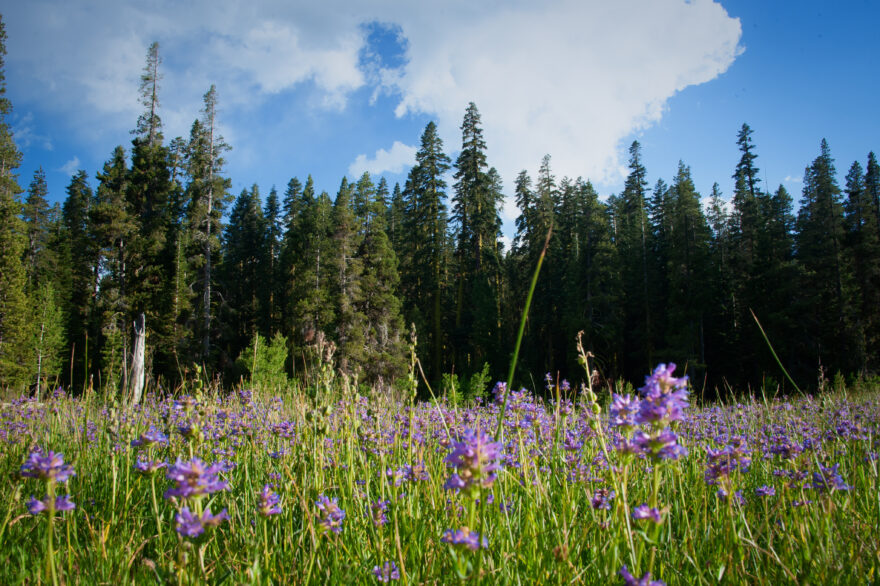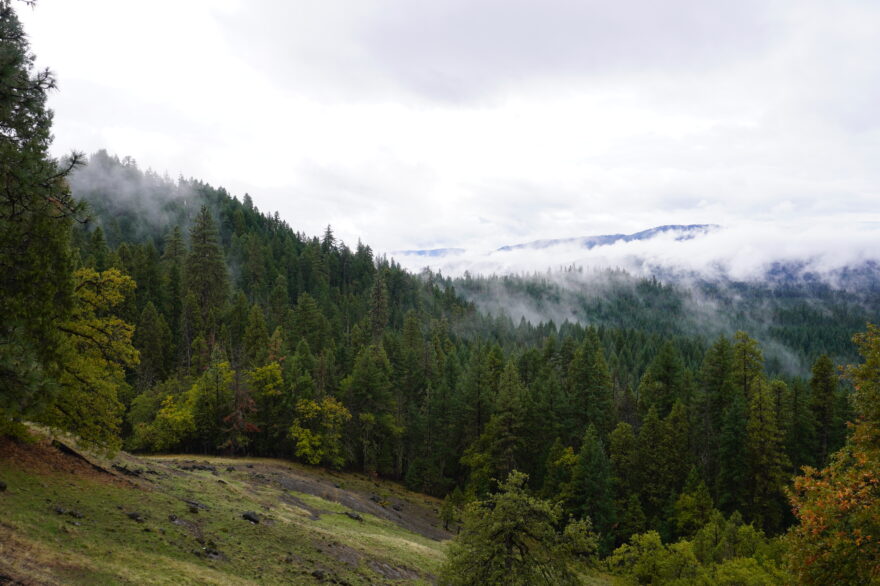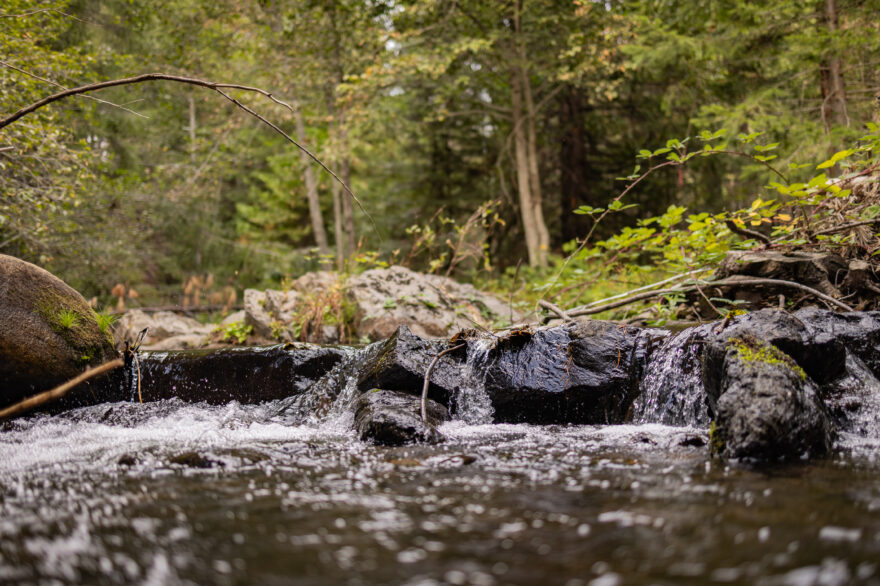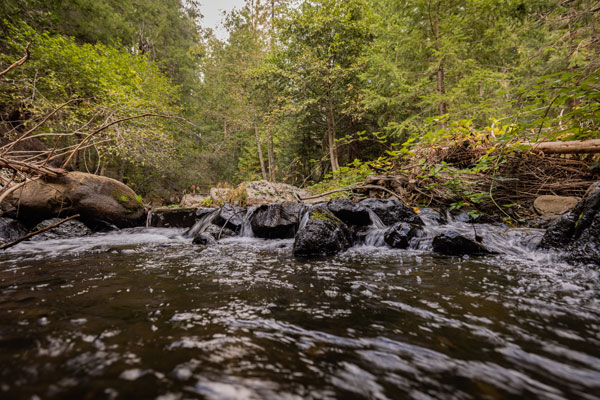Forest Resilience Bond (FRB)
Tahoe National Forest
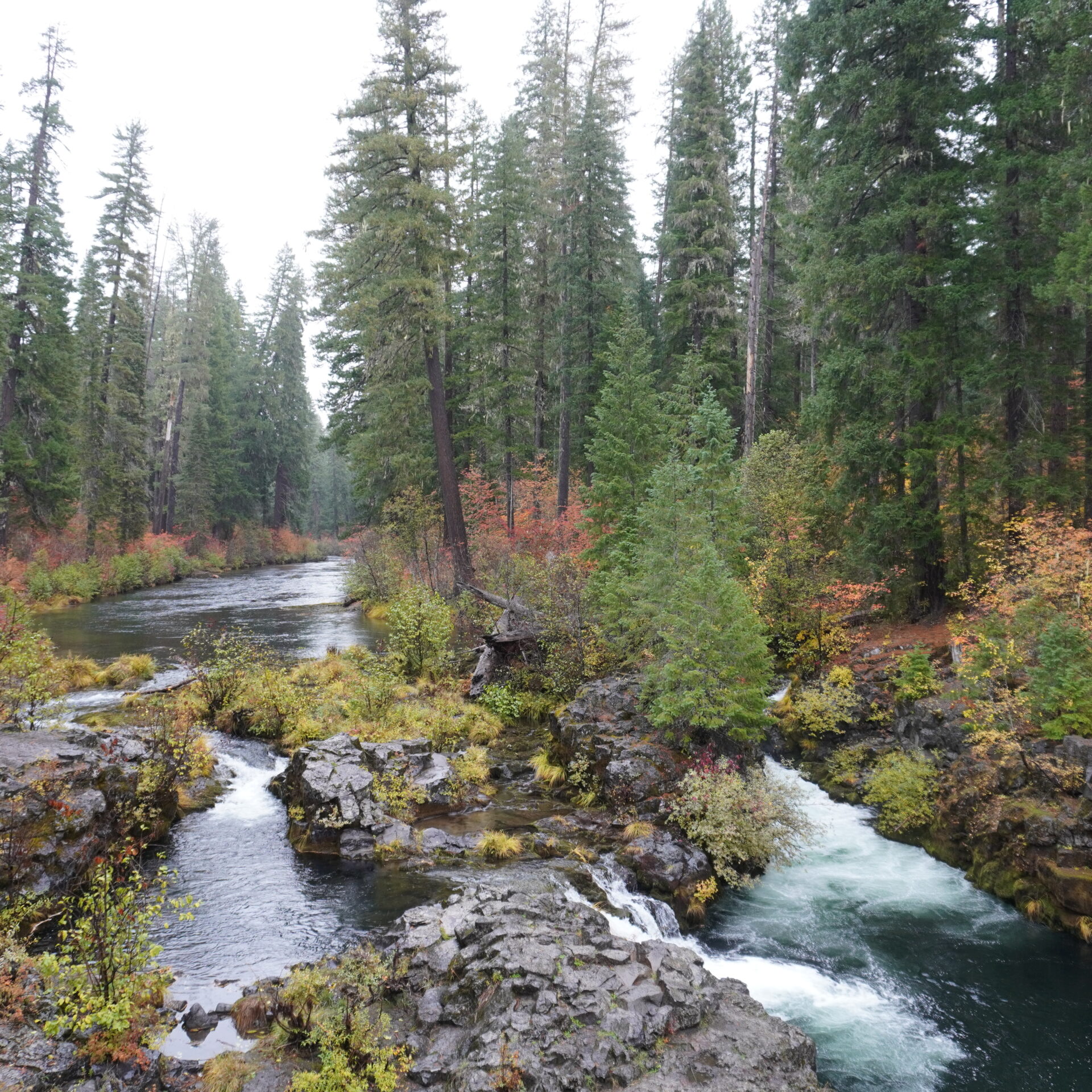
The Forest Resilience Bond is a conservation finance model, specifically designed to add new revenue streams to fund forest restoration and to finance upfront project costs.
How the FRB benefits restoration projects
Create New Revenue Streams
-
- Quantify ecosystem benefits to attract new, flexible funding streams for implementation of forest and watershed restoration projects
- Blend public and private funding sources to streamline administration
- Develop long-term contracts, supporting the local restoration economy
Finance Upfront Project Costs
-
- Provide upfront capital needed for project work to enable faster implementation
- Allow implementation partners to pay contractors within 7-10 days, reducing credit burden
- Smooth cash flows to enable consistent and ongoing work
The Forest Resilience Bond, or FRB, was developed in partnership with the World Resources Institute (WRI), the USDA Forest Service, and the National Forest Foundation (NFF).
How it works
It’s a public-private partnership that uses private capital to ease cash flow constraints. And it puts benefit evaluation models to work bringing in new money, so that multiple groups share the costs of forest restoration.
Building partnerships
First, Blue Forest partners with communities, land managers, governments, and non-profits to design conservation finance projects that improve forest and watershed health.
We also look for an experienced land manager who selects an organization to be the implementation partner and manage the work on the ground.
Evaluating the benefits
Then, working with beneficiaries, we evaluate the benefits of these projects and use this information to establish an economic, social, and environmental case for funding. Beneficiaries can be anyone who benefits from the work taking place – organizations like water and electric utilities, or agricultural producers.
Getting private investment on board
The FRB is then brought to private investors, like foundations and institutional asset managers, who provide capital to finance the project work.
This means critical financing is available up-front for restoration projects, enabling them to happen at pace and scale.
The end result
The investors receive a small return, and the restoration work gets done, protecting our communities and forests from catastrophic wildfire for future generations.
When small, naturally occurring fires are suppressed, the forests we’re left with are denser than before. They have more trees, more bushes, more flammable material than would naturally occur.
If fire enters these overstocked forests, it’s catastrophic. We need to remove some of this flammable material so the forest can safely receive fire. And we also need to restore habitats, rivers, meadows, and other parts of the ecosystem.
In considering the Yuba I FRB and related project information contained herein, one should bear in mind that past performance is not a guarantee, projection or prediction and it is not necessarily indicative of future results. There can be no assurance that any other or future FRB will achieve comparable results or that Blue Forest will be able to implement its investment strategy or achieve its investment objective.
Projects
Related Projects
View allIn the News
View all-

News, Other Resources
10.23.24
Green Finance Institute Launches Database Featuring Ecosystem Restoration Solutions and the Forest Resilience Bond
-

Media + Press, Video
10.02.24
Innovative Bond Project to Finance Chelan County Forest Health | ncwlife.com
-
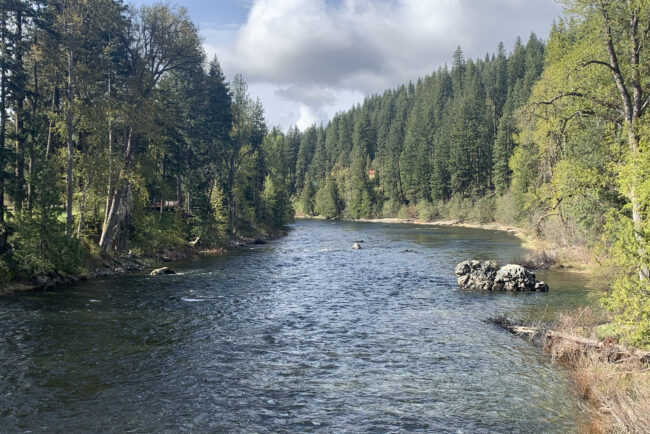
Insights
09.26.24
September 2024 Science Corner | Salmon, Snowpack, and Streamflow in the Wenatchee River Watershed
-
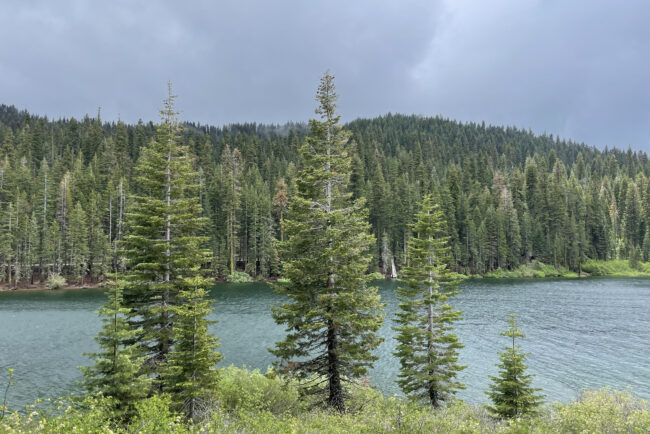
Press Release
09.13.24
Metropolitan invests in health of northern Sierra watersheds through Forest Resilience Bonds
“Like most forests across the west, the Tahoe National Forest is working to restore resiliency to the ecosystems and communities in the face of a changing climate and its related impacts. Restoration work across the forest is vital to protect communities, infrastructure and economic values from wildfire. The Forest Resilience Bond has helped finance an increased pace and scale of this work while economically supporting the communities we are aiming to protect. Innovative and forward-thinking efforts and partnerships like this are crucial for the future of forests across California and beyond.”
Eli Ilano, Forest Supervisor, Tahoe National Forest
